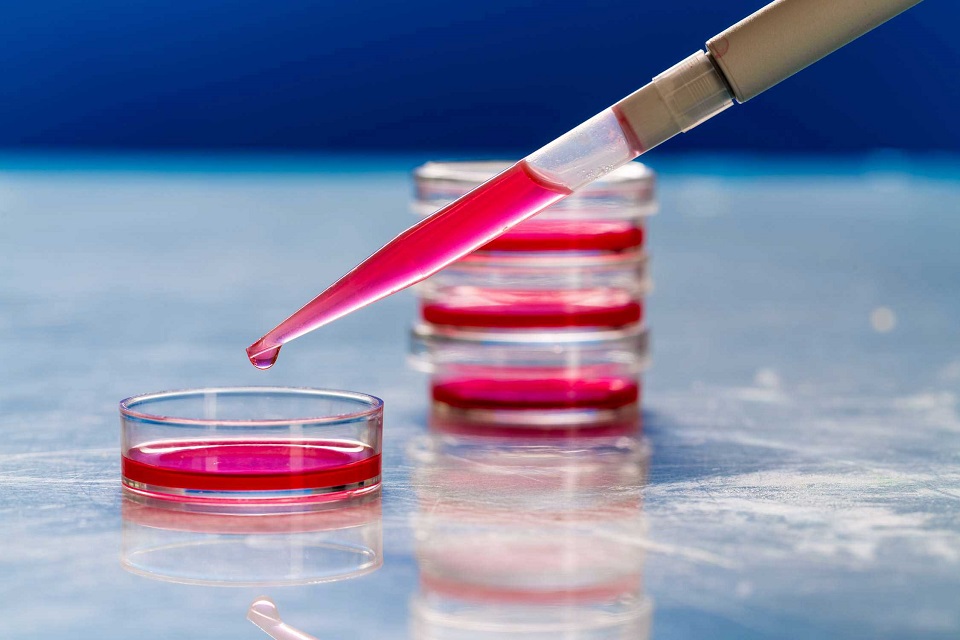Cell culture is a crucial and significant technique when conducting different laboratory researches. It is a term used to describe the removal of live cells, organs, or tissues from a plant or an animal and the subsequent placement of the cells in appropriate artificial environments.
Whether it is a plant or animal cell, there needs to be an appropriate artificial environment for optimal growth and survival. For a cell to survive and grow, there needs to be; a substrate for the attachment of the cell, a growth medium, and an incubator that maintains the correct osmolality, temperature control, and PH.
This article delves into cell culture media, what it is, and the different types available.
What Is Cell Culture Media?
A cell culture media, simply put, is a growth media for cells. As mentioned, scientists will remove cells from animals or plants to use in the research. Then, to keep these cells growing, the scientists use the cell culture media or growth medium to keep these cells alive.
The cell culture media also provides nutrients to the cell cultures for their growth. The cell culture media can be a liquid or a gel incorporated into the cell’s artificial environment. Scientists must be careful to choose the correct type of growth media because it directly affects any scientific experiment.
To ensure the growth and good health of the cells, the cell culture media must include nutrients and compounds. Some of the standard components in these growth mediums include; Amino acids, serum, inorganic salts, hormones, carbohydrates, etc.
Types Of Cell Culture Media
Cell culture media can be classified into two main types, which are natural and synthetic.
Natural Media
Natural media occurs solely out of the biological fluids of animals or plants. This type of cell culture media is derived from plants or animal tissue such as lymph, serum, plasma, among others. These types of cell culture media can be broken down further into three groups which include;
- Tissue extracts: These include bone marrow, liver extracts, embryo, and tumor. All of these naturally occur in the bodies of an animal specimen.
- Biological fluids: These include amniotic fluid, lymph, plasma, and serum. Serum, in this case, happens to be the most popular natural medium. It is also sometimes used in synthetic medium cultures as a supplement.
- Plasma clots and coagulants.
Synthetic Media
Artificial media is created by adding organic and inorganic nutrients, Oxygen, Carbon dioxide, serum, proteins, vitamins, and salts. Synthetic media can be characterized into four main groups which are;
- Serum-containing media: This is synthetic media where supplemental serum is used.
- Serum-free media: This is the type of synthetic media with no serum in it. Most scientists will prefer this type because of its consistency.
- Protein-free media: A synthetic media with no trace of protein in it.
- Chemically defined media: Contains purified organic and inorganic components and is also free from contaminants.
No matter which type of media you choose to use, make sure you know your lab specifications, scientific activities goals, and cells. This way, you will be better positioned to select the media that will work out best for you.








No Comments